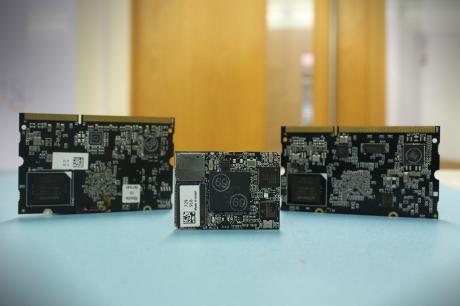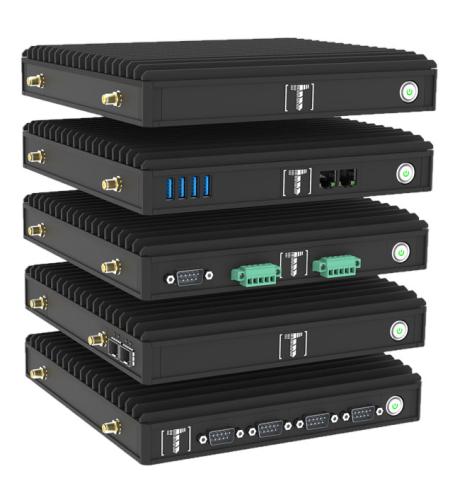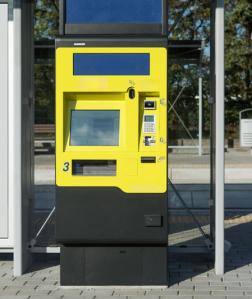In the ever-evolving healthcare landscape, telehealth or telemedicine stands as the modern standard, and it's brimming with exciting innovations. The future of telemedicine is rapidly unfolding, thanks to the seamless fusion of advanced displays, HMIs (Human Machine Interfaces) and Edge Computing Systems with Artificial Intelligence (AI).
Merging of these technologies is catapulting medical technology into uncharted territory, promising specialised care delivered remotely and with lightning-fast diagnosis and treatment.
Recent data released by the National Health Service in the UK, revealing that 41.2% of appointments were conducted via telephone, underscores the prevalence of remote diagnosis and treatment.
On top of that In 2022, computer vision in the healthcare market was valued at $1.31 billion and is projected to grow at a CAGR of 35.2% from 2023 to 2030.
From diagnostic support and store-and-forward telemedicine to personalised treatment plans via predictive analytics, AI assumes a pivotal role in the realm of medical technology, transforming our approach to healthcare.

It's not just about convenience; it's about sparing individuals from crowded doctors' surgeries and hospitals, where long waiting times are the norm. AI ensures patients can be comfortably diagnosed and treated in the sanctuary of their own homes, minimising travel, and reducing lost working hours.
In the world of precision and accuracy that medical devices inhabit, OEMs are wholeheartedly embracing Edge AI, recognising the monumental advantages it brings to the table.
Remote Monitoring:
AI-powered wearable devices remotely monitor vital signs, detect abnormalities, and alert healthcare providers, benefiting individuals with chronic conditions by enabling early intervention and reducing hospital readmissions and mortality rates, as seen in the case of implantable heart resynchronisers.
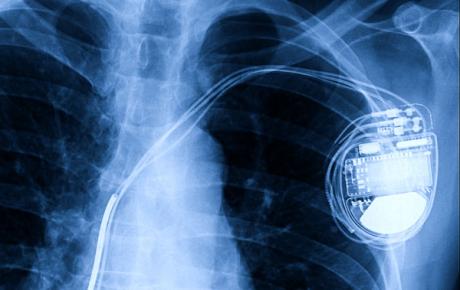
Chatbots and Virtual Assistants:
Just like having a nurse at your disposal 24/7. AI-powered chatbots and virtual assistants answer patient inquiries, offer medication reminders, and provide essential medical advice, delivering consistent support whenever necessary. Notable examples include OneRemission, which aids cancer patients with comprehensive information, alongside other AI chatbots like Babylon Health, Florence, and Healthily, collectively reshaping the healthcare landscape.
Teleconsultation Enhancement:
In telehealth appointments, AI plays a crucial role by effortlessly transcribing doctor-patient discussions, identifying essential information, and improving consultation quality. A recent MIT reported a 75% enhancement in disease management and reduced staff fatigue with AI use.
Diagnosis Assistance:
AI's prowess shines in the realm of diagnostics. AI algorithms scrutinise patient data, encompassing medical history, symptoms, and diagnostic tests, empowering healthcare providers to make precise diagnoses.
By sifting through vast medical literature and data, AI identifies potential conditions and treatment options, significantly mitigating the risk of misdiagnosis.
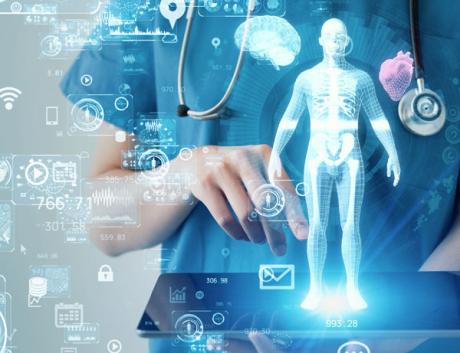
Predictive Analytics:
AI isn't solely a problem-solver; it's a proficient problem-preventer. By meticulously analysing patient data and historical trends, AI forecasts disease outbreaks, patient readmissions, and medication adherence issues. This proactive approach optimises resource allocation and elevates the quality of patient care.
Treatment Personalisation:
In the eyes of AI, no two patients are identical. Personalised medicine excels in tailoring treatment plans to align with each patient's unique needs, incorporating factors such as genetics, lifestyle, and medical history. This personalised approach enhances the probability of successful treatment while minimising the adverse effects of ‘one size fits all.’
Data Security:
AI acts as a vigilant guardian for patient data in healthcare, ensuring secure encryption and robust authentication protocols to protect sensitive medical information and patient privacy.
Automated monitoring via an IoT gateway enables real-time data collection and transmission. By leveraging edge computing, it enables rapid processing and predictive analytics directly at the data source.
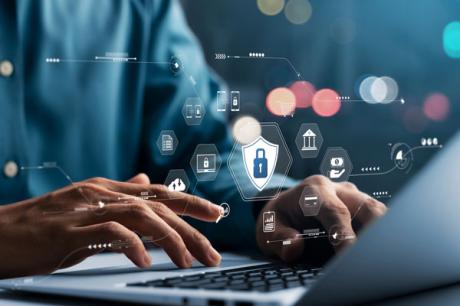
This approach enhances efficiency, accelerates decision-making, and proactively addresses potential issues, leading to smarter, more responsive solutions in a variety of industries.
When it comes to deciding the right hardware to use for telemedicine it depends on your specific application requirements and the level of detailed analysis you want to achieve.
Whether you require an embedded computing platform or seek an intuitive, user-friendly HMI , Anders has the solution for you.
Our ultra-low-power, cost-effective i.MX93 System on Module is ideal for monitoring patient vitals in devices like wearables and bedside equipment. With its camera and display interfaces, the i.MX93 can also support basic diagnostic imaging, remote patient monitoring through wearables, predictive healthcare analytics, and assistive devices.
High-performance and low power are the important considerations while developing reliable solution, Our i.MX8 processors have audio, voice, and advanced graphics, including 3D imaging interfacing capabilities. Medical training, simulation, and real-time anomaly detection, such as irregular heart rate or breathing abnormalities, can benefit from the entry-level AI/ML capabilities of the i.MX8 Plus System on Module.
Innovate with Machine Vision by exploring the latest tiny green Industrial Edge Gateway PC, Fitlet3, paired with up to 2 Hailo-8 AI accelerators, offering up to 52 TOPS of processing power to provide a competitive advantage to your project. It enables connectivity of medical devices and sensors to central systems, facilitating data collection, monitoring, and analysis at the edge saving cost maintaining expensive cloud solutions. The Fitlet3 also serves in Pharmacy Automation, Laboratory Automation, and remote patient monitoring for assisted living.
For advanced ML (Machine Learning) capabilities, explore our Tensor-i22 Gateway PC solution, which accommodates up to 8 Hailo-8 accelerators, delivering an impressive 208 TOPS of performance.
If you want to know more about how Anders can help you choose the right embedded solution for your Telemedicine and remote diagnostic needs, get in touch today.

